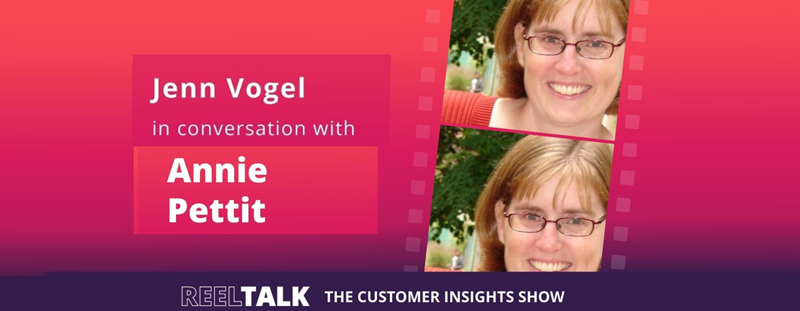
And day two of IIeX 2022 in Amsterdam has come to a close! Though I’m sad to say good-bye to everyone, I am happy to return home with lots of intriguing ideas to ponder (plus a very lovely watercolour produced by Anna Wijnands). Have a read through and then feel free to get in touch with me or any of the speakers with your thoughts. See you on the road soon!
.
.
Inclusive Communities Build on C-Creation, Equity and Collabs
Hayel Wartemberg, Co-Founder, Word on the Curb; Isabelle Cotton, Senior Research Manager, Word on the Curb
- Despite what the media keep on repeating, blanket generalizations about Gen Z are not accurate – not all young people are sustainability experts, not all are activists, and not all even know or agree on what Gen Z is. How much do 8 year olds really have in common with 20 year olds? Remember that cohorts are very broad brushstrokes that only explain a small piece of the puzzle.
.
.
We Better Behave! Why Sustainability? Why Now?
Christian Niederauer, Global Head of Insights, Colgate-Palmolive; Michael Swaisland, Head of Insights & Analytics, Mattel; Andrea Gonçalves da Silva, Senior Market Intelligence Manager, Philips; Anders Bengtsson, Founder, Protobrand; Christian Dössel, SVP, Behaviorally
- Sustainability is not all or nothing. Brands can start small at any stage of the supply chain, energy usage, or packaging, and make bigger changes later. If you can’t reduce packaging, you can use different packaging and make it multi-purpose. Think about what you would do differently if you were starting from scratch and aim for those changes. And, go above and beyond legal requirements.
.
.
We Better Behave! Being Sustainable & Living a Good Life: Can this Unite?
Edwin Taborda, Global Head of Insights, Electrolux; Anna Martynova, Research Manager and Analyst, Protobrand
- Brands can contribute to people having better lives by helping them gain more experiences rather than more stuff. People expect brands to have the minimum requirements (e.g., works well) so now brands can focus on longer lasting products that help people consumer less and live better. It can also include giving people the tools to change long-term habits into more sustainable behaviors (e.g., use more often, recycle more often).
.
.
We Better Behave! 3 Pillars for Brands to Chart a New Course Towards Sustainability
Monica Tenorio, Vice President, Insights & Analytics, PepsiCo Europe; Crispin Beale, Group President, Behaviorally
- Brands that have a direct link to unhealthy lifestyles (e.g., sugary drinks) have a responsibility to help people do better. This can be by focusing on regenerative agriculture, ethically sourced and sustainable materials, and enabling a circular economy. These brands should offer positive choices for people and planet via a balanced portfolio.
.
.
We Better Behave! Looking at the Future of Sustainability
Stephen Donajgrodzki, Director Behavioral Science, Kellogg Company; Philippe Coquelle, Head of Insights, Europe, Barilla; Alex Peters, Global Insights Lead, Purpose, Reckitt; Jennifer Picard, Head of Center of Excellence for Mix Optimization – Global Consumer Insights, Pernod-Ricard; Anders Bengtsson, Founder, Protobrand; Christian Dössel, SVP, Behaviorally
- Philippe Coquelle shared a fantastic story about sustainability. They wanted to switch from an all plastic package for their pasta to a paper package with a small plastic window. But consumers weren’t having it. They’ve always bought a solid plastic bag that let them see all the pasta and nothing else would do. Barilla knew they’d take a hit by moving to a paper package and lose market share. However, as a brand, you have to know what you stand for and what you want to achieve with your brand. Sometimes your insights will say one thing but your mission and vision will lead you in a different direction. And that’s ok. In fact, in this case, it’s great. (This shopper is immensely appreciative!)
.
.
Real-Time CX Insights: How IKEA Listens, Understands, and Acts
Olga Smits-Mohlmann, Insights Professional, IKEA; Tim Stierman, Product Owner PulseCX, IKEA
- Dashboards offer massive cost savings over traditional surveys. Where a few people may review a report and then put it away, IKEA sees thousands of people use their dashboard every week. Imagine the equivalent costs of 1 million completes per month. They’re dashboard is a minimum viable product, and they expect to try and fail fast. As their founder says, “Only while sleeping, one makes no mistakes.”
.
.
Kitchen Sink Dramas: Lifting a Veil on Food Hygiene
Daniel Clay, Managing Partner, Basis Social; Darren Bhattachary, CEO, Basis Social; Alice Rayner, Senior Social Science Research Officer, Food Standards Agency; Dan Jenkins, Senior Client Strategy Director, Lifestream; Helen Heard, Senior Social Science Research Officer, Food Standards Agency
- “Always on” video ethnography reveals human behaviors that would never otherwise be captured. People don’t know what their household members did in the room immediately before they did something, nor do they remember all the subtle behaviors that are 100% rote and unattended to. It makes it far easier to identify and consequently prevent safety issues, such as cross-contamination that you’re not even aware of. Obviously, this type of research requires extreme attention to ethics, privacy, and duty of care should dangerous behaviors be recorded.
.
.
Learn more from our other blog posts
- Trackers Suck. Here’s how to fix them.
- 8 Reasons to Invest in a Hybrid DIY Market Research Team
- Everything You Need to Know about Conducting Effective Secondary Research
